Where to see Bald Eagles
Wednesday, November 14th, 2018This is Passport to Texas
After nearly disappearing from most of the United States decades ago, the bald eagle is now flourishing. It was removed from the federal list of threatened and endangered species in 2007.
The symbol of our nation got its name from an old English word “piebald”—which means white faced.
You’ll find bald eagles in every state but Hawaii; the largest US concentration thrives in Alaska.
These impressive birds also spend time in the Central and East Texas. Want to see one?
You’ll have the best luck finding eagles on lakes and rivers during peak season, which is October through March. Start your search at a Texas State Park.
Visitors to Fairfield Lake State Park, southeast of Dallas consistently spot bald eagles. They’ve also been seen at Martin Creek Lake State Park, near Longview.
There’s a bald eagle nesting site at Lake Texana, 35 mi. northeast of Victoria. Visitors can see them from the viewing stand on the east side of the parking lot.
In Central Texas, folks often spot the birds around Lake Buchanan, which is 70 miles northwest of Austin.
If you see bald eagles this fall or winter, document your observation at the Texas Eagle Nest project on iNaturalist.org.
For Texas Parks and Wildlife…I’m Cecilia Nasti.
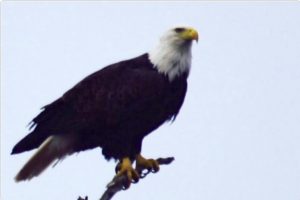

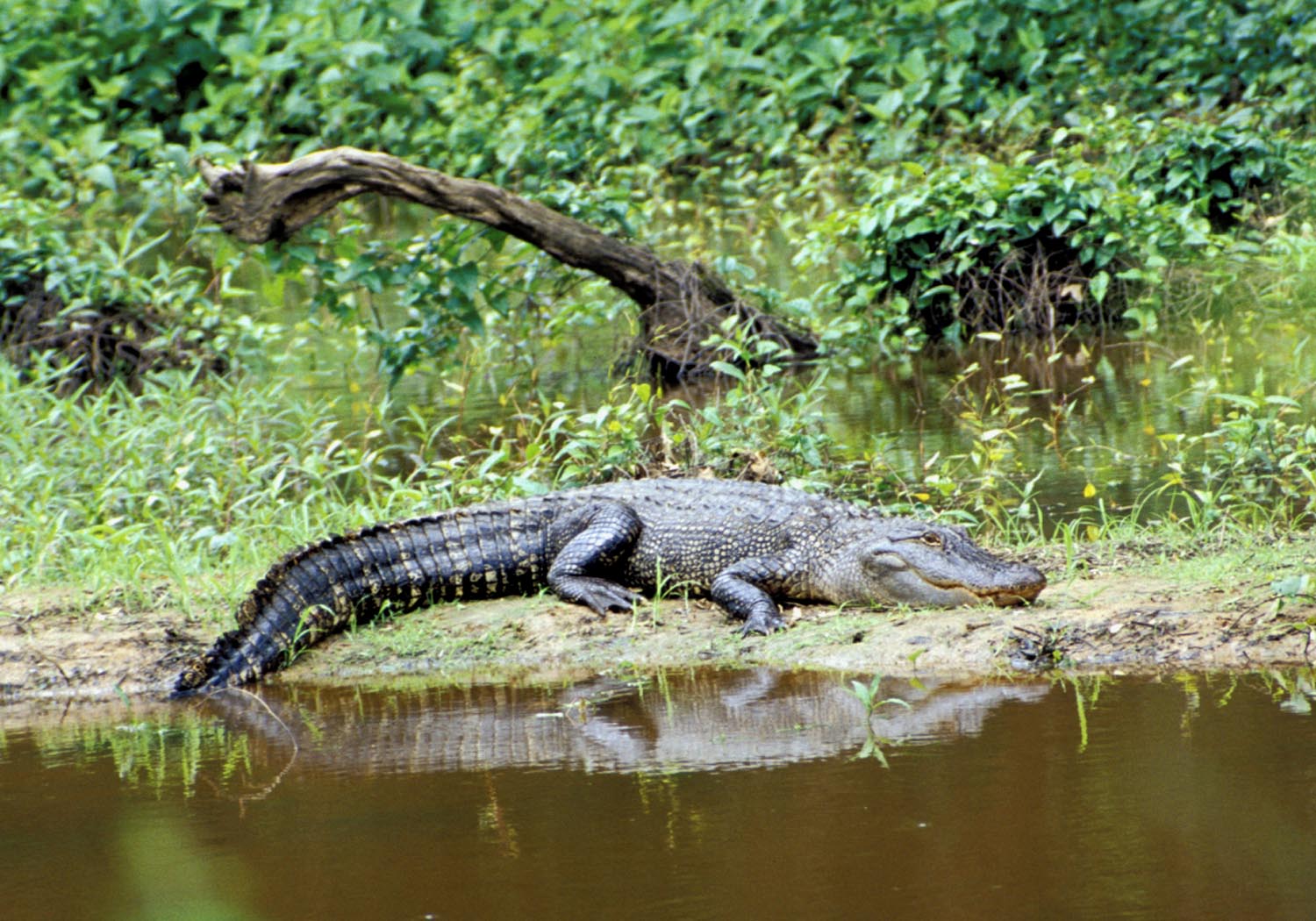
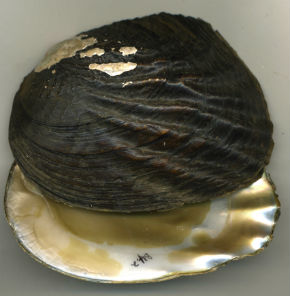
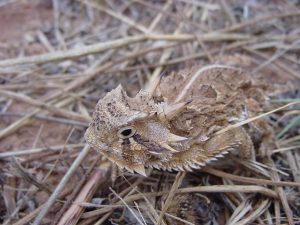
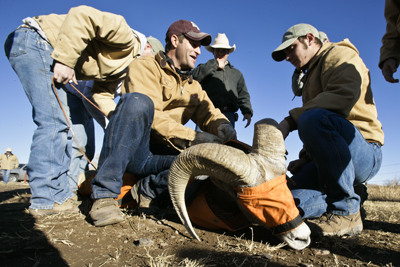

 Passport to Texas is a
Passport to Texas is a  Passport to Texas is made available by:
Passport to Texas is made available by: